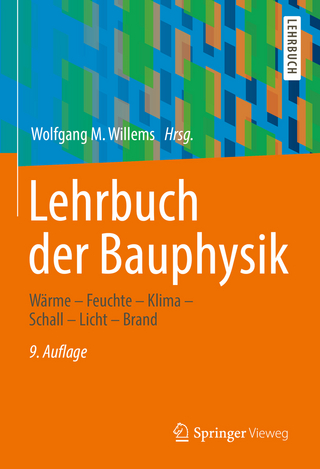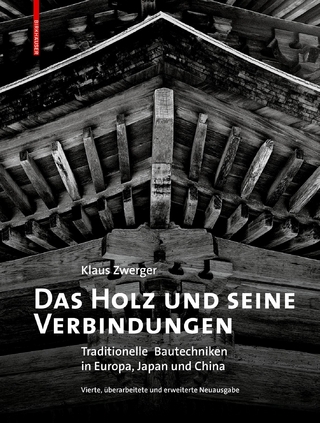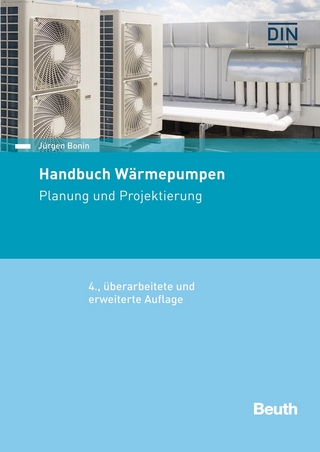Dietrich Dietrich Tafel, Max-Planck-Institut für Wissenschaftsgeschichte, Berlin
Seiten
2010
Edition Axel Menges (Verlag)
978-3-932565-74-8 (ISBN)
Edition Axel Menges (Verlag)
978-3-932565-74-8 (ISBN)
Dahlem has developed in two different ways
since the early years of the 20th century. An important
scientific centre emerged on the site of
this former royal territory south-west of Berlin,
alongside a suburban villa colony. Elite research
institutes were established in Dahlem, with the intention
of creating a 'German Oxford', including
the first institutes for the Kaiser-Wilhelm-Gesellschaft,
founded in 1911. Then Dahlem was chosen
as the location for the Freie Universität Berlin
after the Second World War.
The Max-Planck-Gesellschaft commissioned a
new building in these surroundings in order to provide
the Institute for the History of Science, dating
from 1994, with accommodation appropriate to
its needs. The building was erected in 2004/05 to
a competition design by the Stuttgart architects
Marion Dietrich-Schake, Hans-Jürgen Dietrich and
Thomas Tafel (who left the team after drawing up
the planning application).
The buildings adjacent to the plot, which is bordered
by streets on three sides, date mainly from
the 1930s. Alongside the institutional buildings detached
homes determine the local character. The
Max-Planck-Institut reflects the dimensions and
structure of its surroundings. Its height relates to
the two-storey homes; the building masses were
structured as eight connected, pavilion-like sections,
which means that, despite its size, the institute
is reticent in its impact on the urban space.
The symmetrical complex is built around a spacious
courtyard with old chestnut trees. The library
is the key element of the building, and so was
arranged around all four sides of the inner courtyard.
Extensively glazed internal and external
walls afford a wide range of views into the library
rooms. This ensures a constant presence for the
institute’s most important set of working tools,
and at the same time makes it accessible over
very short distances from various parts of the
building.
Andreas Schätzke is an architectural historian
living in Berlin. His research fields include architecture
and urban development in post-war
Europe and the relationship between architecture
and politics in the 20th century. Reinhard Görner,
who also lives in Berlin, has worked as an architectural
photographer for many years; he is held
in high regard by many eminent architects as an
interpreter of their work, including Peter Eisenman,
Norman Foster, Jürgen Sawade, Hans Dieter
Schaal, Otto Steidle and Heinz Tesar.
since the early years of the 20th century. An important
scientific centre emerged on the site of
this former royal territory south-west of Berlin,
alongside a suburban villa colony. Elite research
institutes were established in Dahlem, with the intention
of creating a 'German Oxford', including
the first institutes for the Kaiser-Wilhelm-Gesellschaft,
founded in 1911. Then Dahlem was chosen
as the location for the Freie Universität Berlin
after the Second World War.
The Max-Planck-Gesellschaft commissioned a
new building in these surroundings in order to provide
the Institute for the History of Science, dating
from 1994, with accommodation appropriate to
its needs. The building was erected in 2004/05 to
a competition design by the Stuttgart architects
Marion Dietrich-Schake, Hans-Jürgen Dietrich and
Thomas Tafel (who left the team after drawing up
the planning application).
The buildings adjacent to the plot, which is bordered
by streets on three sides, date mainly from
the 1930s. Alongside the institutional buildings detached
homes determine the local character. The
Max-Planck-Institut reflects the dimensions and
structure of its surroundings. Its height relates to
the two-storey homes; the building masses were
structured as eight connected, pavilion-like sections,
which means that, despite its size, the institute
is reticent in its impact on the urban space.
The symmetrical complex is built around a spacious
courtyard with old chestnut trees. The library
is the key element of the building, and so was
arranged around all four sides of the inner courtyard.
Extensively glazed internal and external
walls afford a wide range of views into the library
rooms. This ensures a constant presence for the
institute’s most important set of working tools,
and at the same time makes it accessible over
very short distances from various parts of the
building.
Andreas Schätzke is an architectural historian
living in Berlin. His research fields include architecture
and urban development in post-war
Europe and the relationship between architecture
and politics in the 20th century. Reinhard Görner,
who also lives in Berlin, has worked as an architectural
photographer for many years; he is held
in high regard by many eminent architects as an
interpreter of their work, including Peter Eisenman,
Norman Foster, Jürgen Sawade, Hans Dieter
Schaal, Otto Steidle and Heinz Tesar.
Andreas Schätzke is an architectural historian living in Berlin. His research fields include architecture and urban development in post-war Europe and the relationship between architecture and politics in the 20th century.
| Illustrationen | Reinhard Görner |
|---|---|
| Vorwort | Andreas Schätzke |
| Verlagsort | Stuttgart |
| Sprache | englisch; deutsch |
| Maße | 280 x 300 mm |
| Gewicht | 825 g |
| Einbandart | gebunden |
| Themenwelt | Technik ► Architektur |
| Schlagworte | Dietrich & Dietrich (Architekturbüro) • Dietrich Tafel • Freie Universität Berlin • Max-Planck-Institut • Max-Planck-Institut für Wissenschaftsgeschichte • Max-Planck-Institut, Wissenschaftsgeschichte, Dietrich, Tafel, Freie Universität Berlin, • Universitätsbauten • Wissenschaftsgeschichte |
| ISBN-10 | 3-932565-74-6 / 3932565746 |
| ISBN-13 | 978-3-932565-74-8 / 9783932565748 |
| Zustand | Neuware |
| Haben Sie eine Frage zum Produkt? |
Mehr entdecken
aus dem Bereich
aus dem Bereich
Wärme – Feuchte – Klima – Schall – Licht – Brand
Buch | Hardcover (2022)
Springer Vieweg (Verlag)
54,99 €
Traditionelle Bautechniken in Europa, Japan und China
Buch | Hardcover (2023)
Birkhäuser (Verlag)
68,00 €




